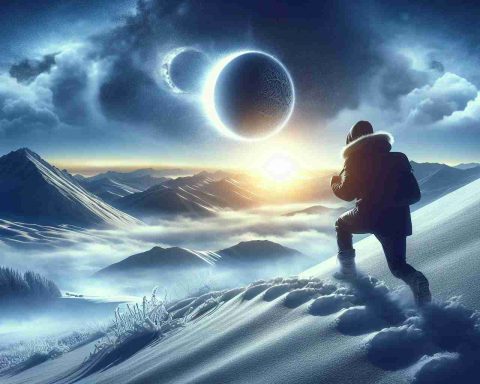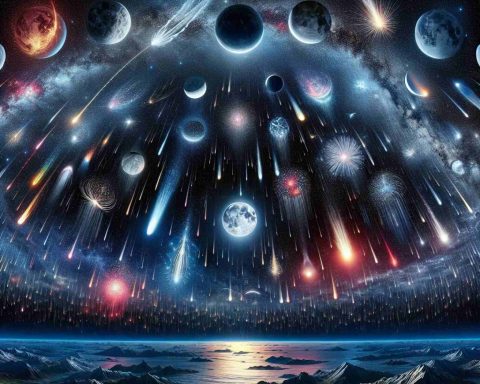Sun - Page 37
The Sun is a star at the center of the Solar System and is the primary source of energy for life on Earth. It is a nearly perfect sphere of hot plasma, primarily composed of hydrogen (about 74%) and helium (about 24%), with trace amounts of heavier elements. The Sun's immense gravitational force holds the Solar System together, keeping planets, moons, asteroids, and comets in orbit around it.The Sun emits light and heat through the process of nuclear fusion, where hydrogen nuclei combine to form helium, releasing energy in the form of electromagnetic radiation. This energy sustains life by driving photosynthesis in plants and influencing Earth's climate and weather patterns. The Sun has an average diameter of about 1.39 million kilometers (865,000 miles) and is about 4.6 billion years old, having reached a stable phase known as the main sequence, where it will remain for several billion more years before evolving into a red giant and ultimately transitioning into a white dwarf. The Sun is essential for life on Earth and has profound cultural, scientific, and spiritual significance throughout human history.

















